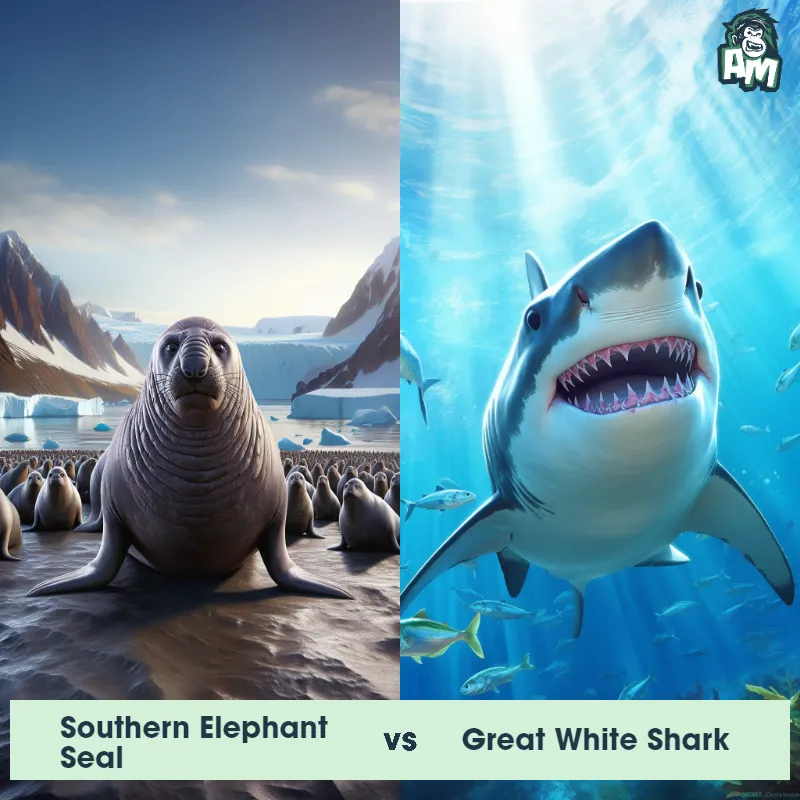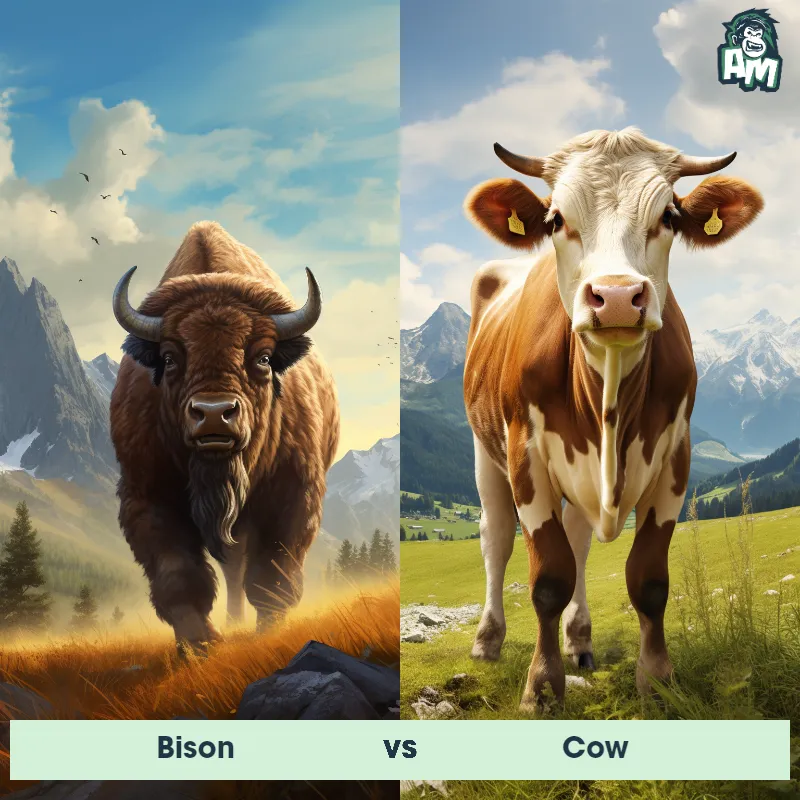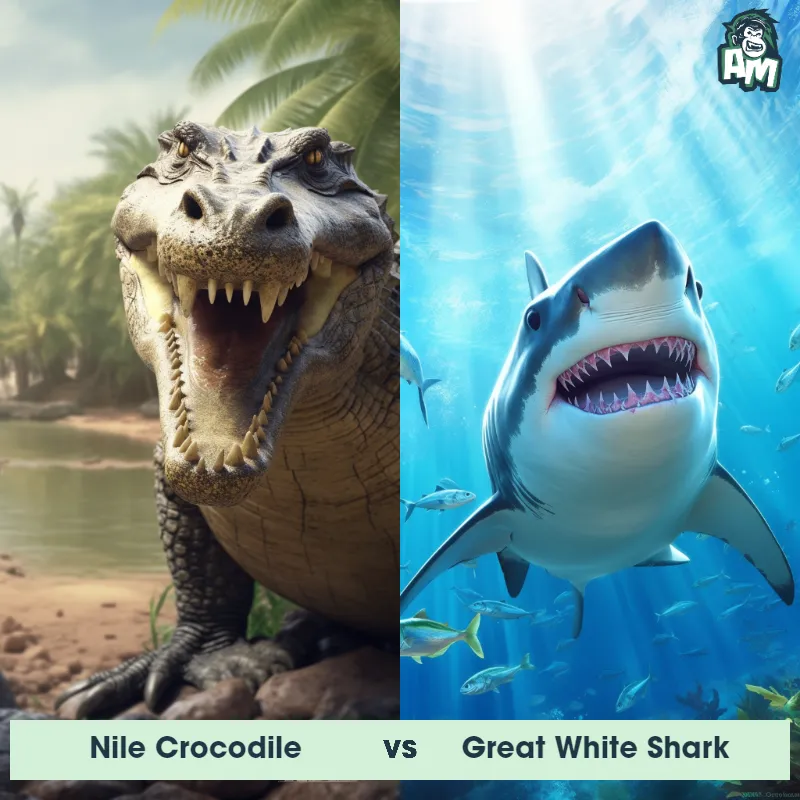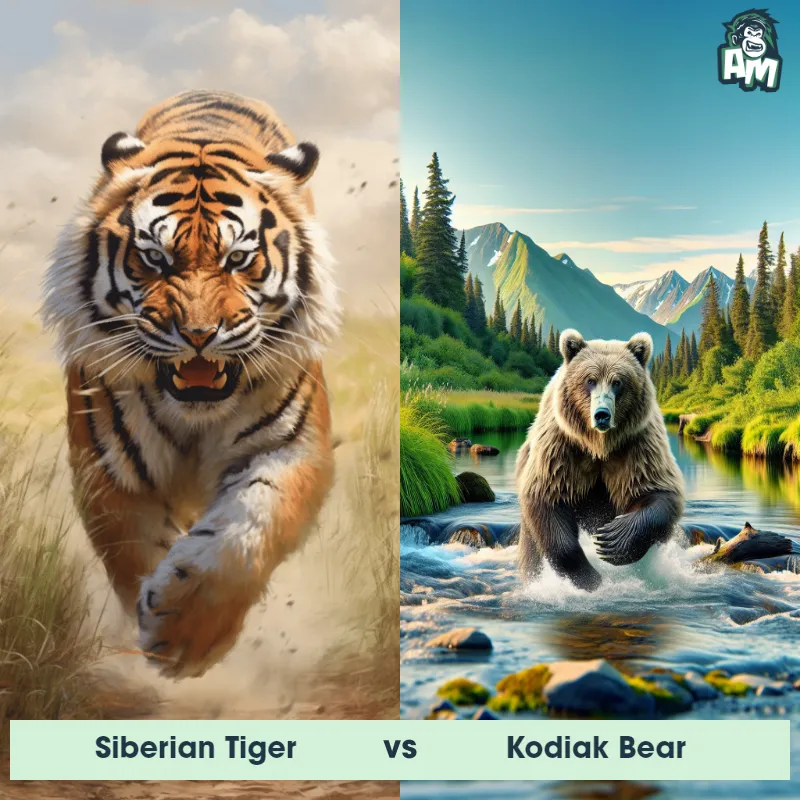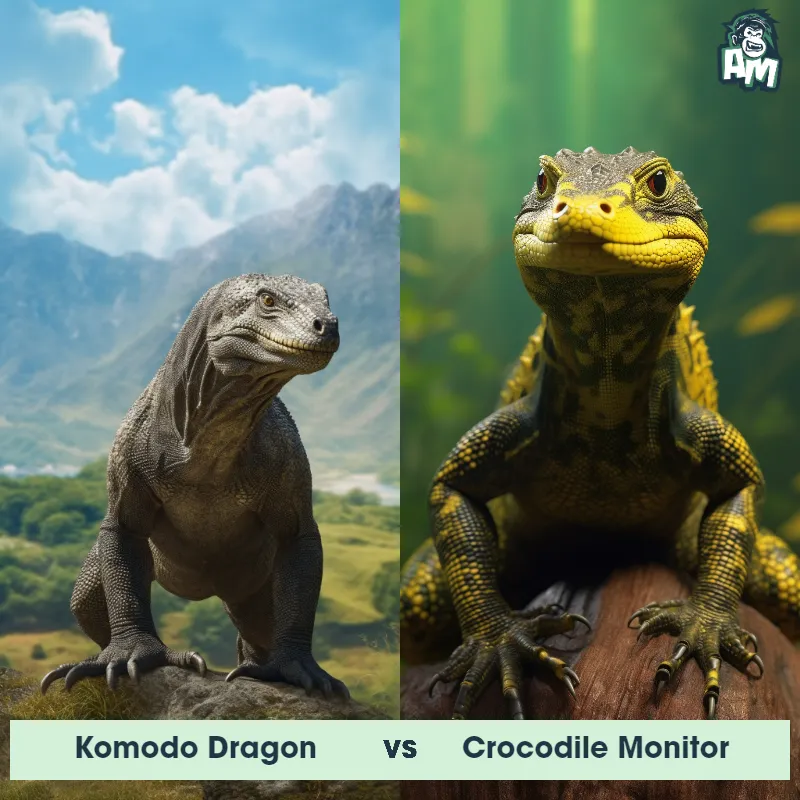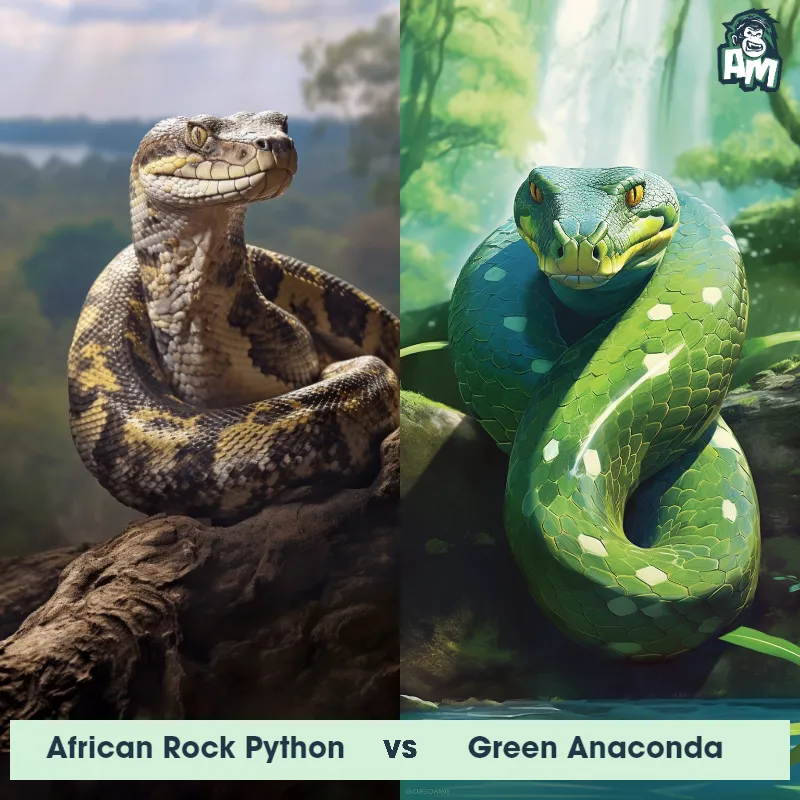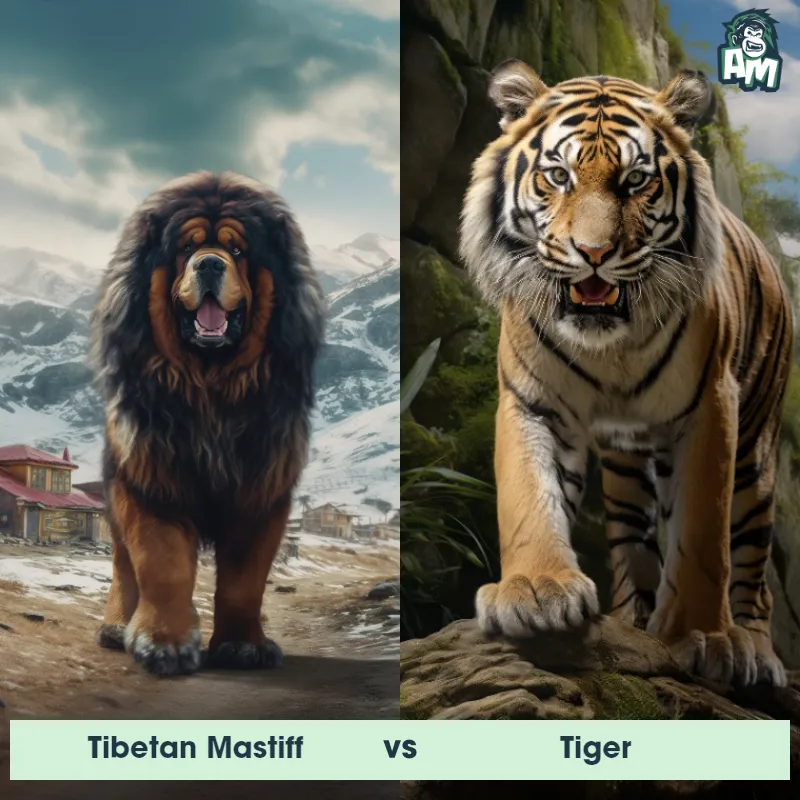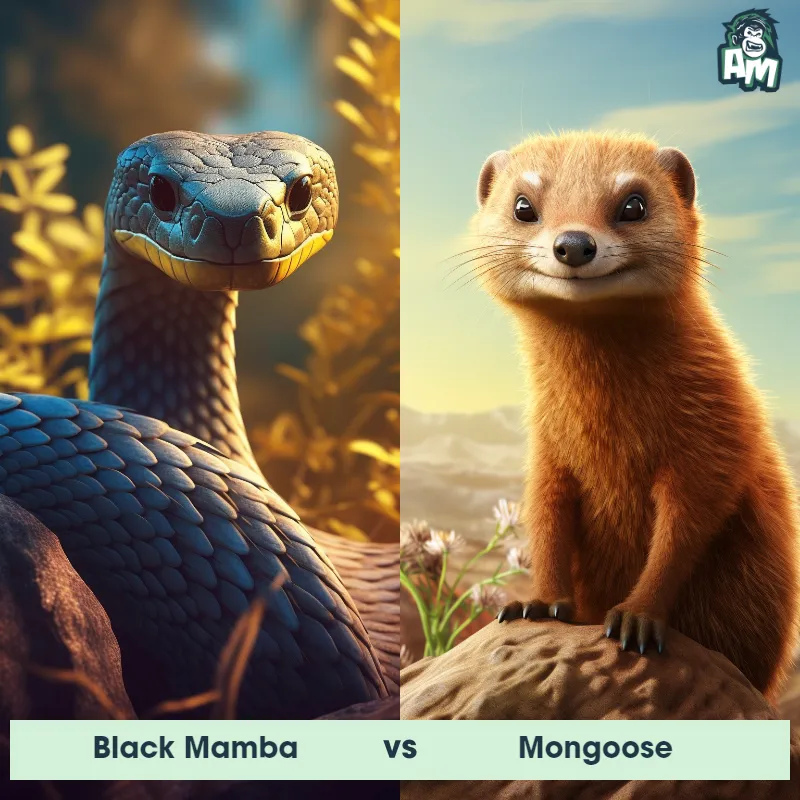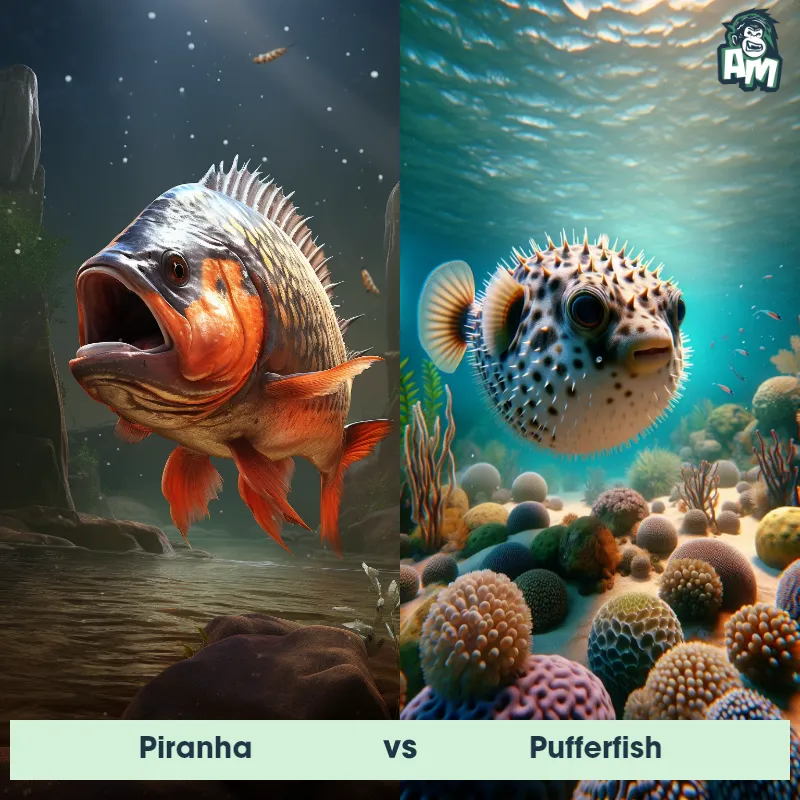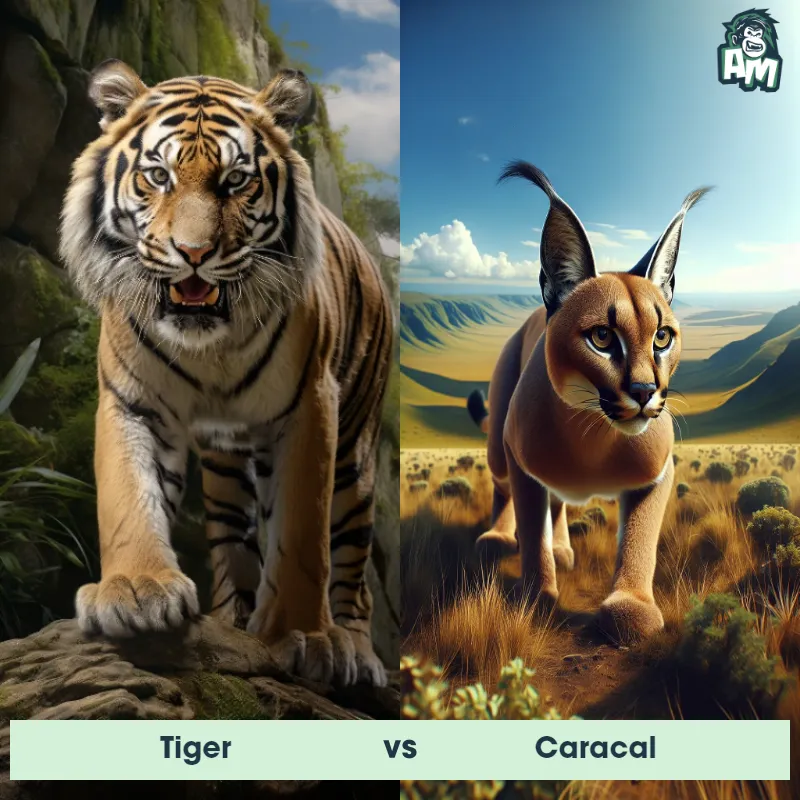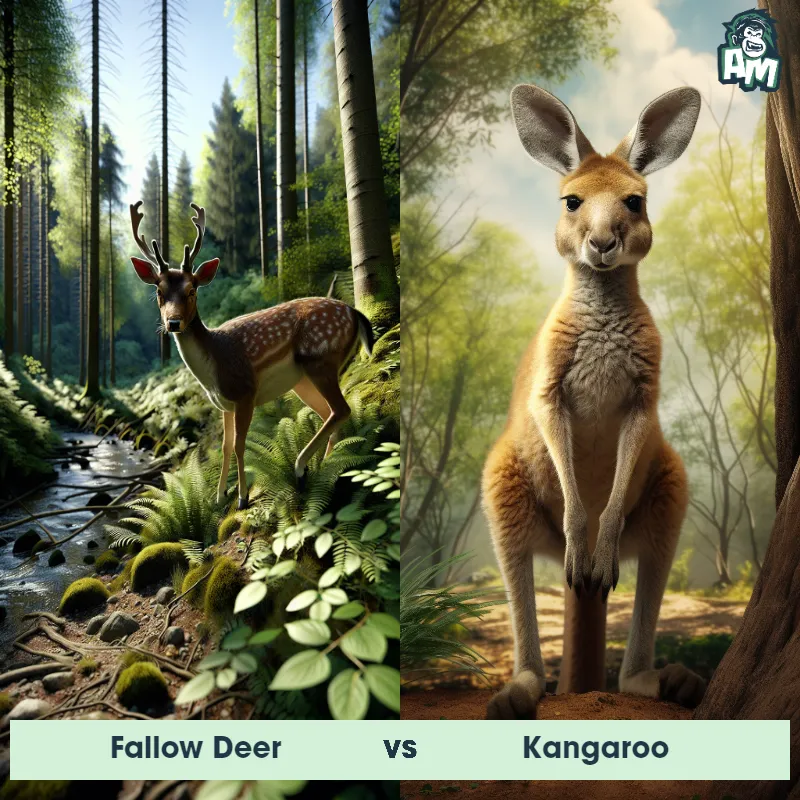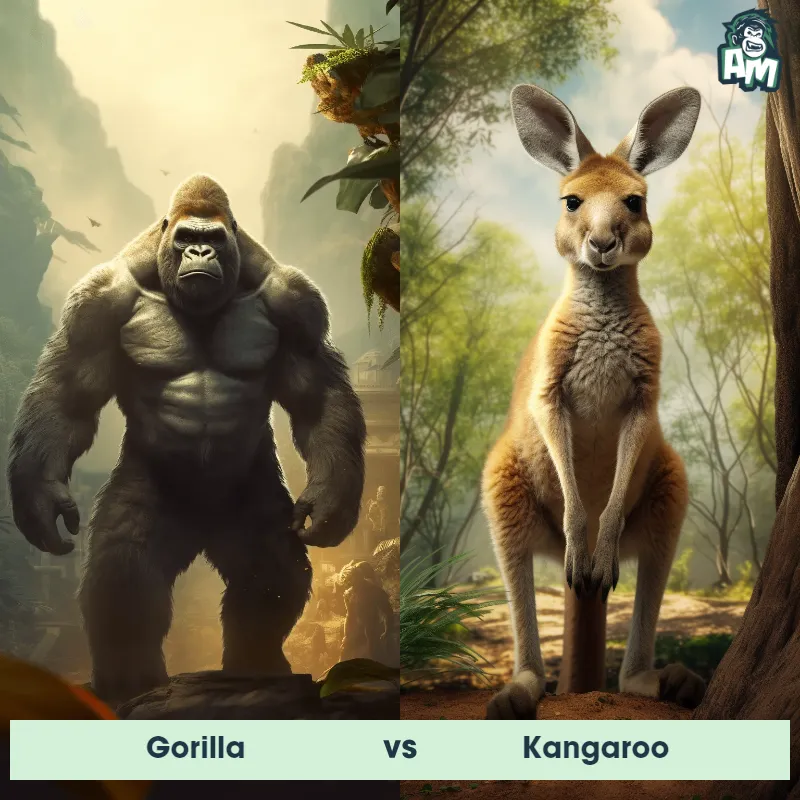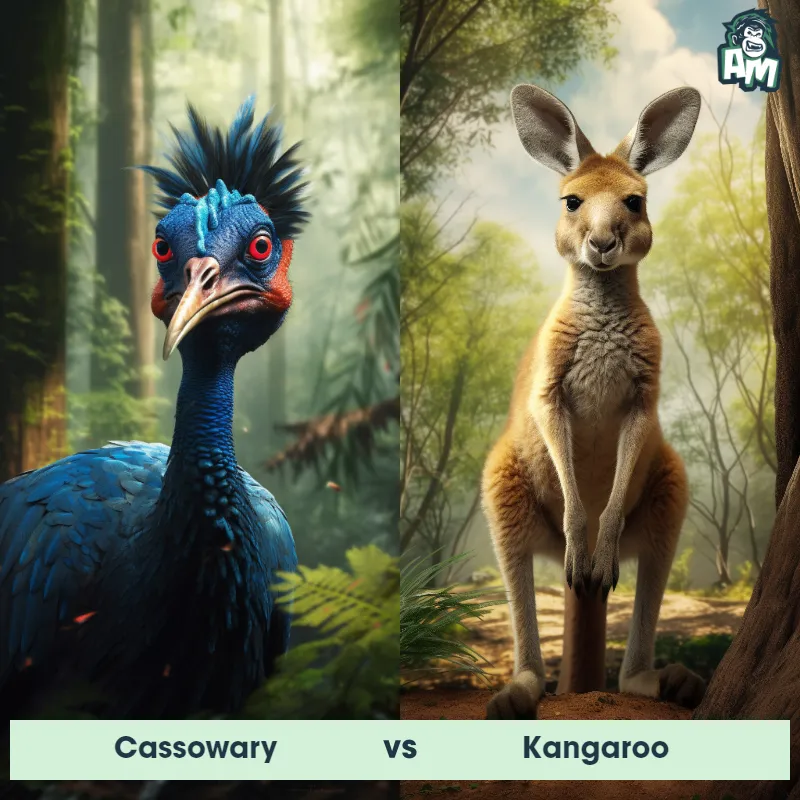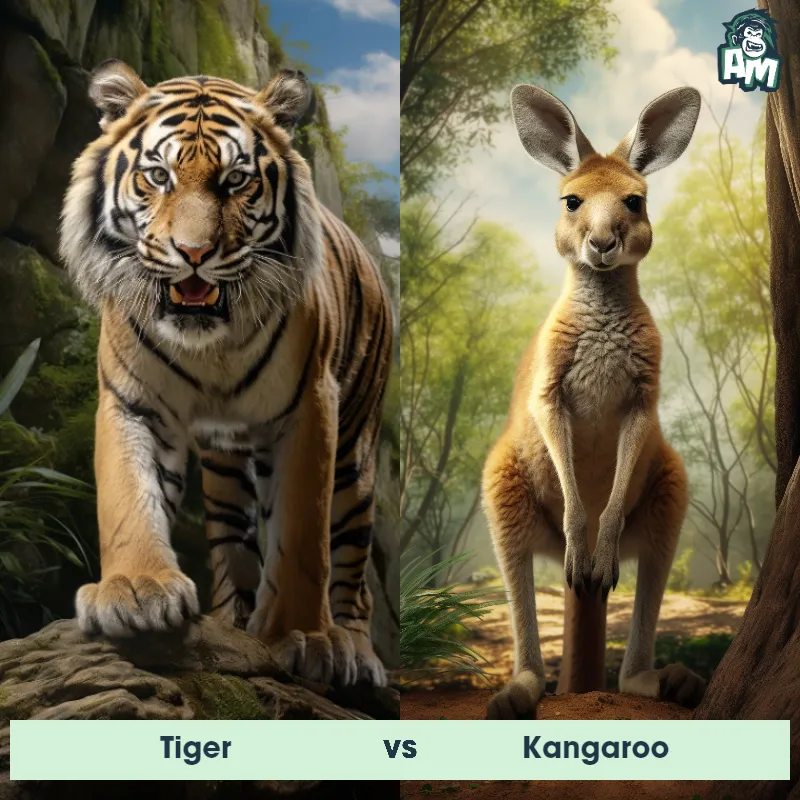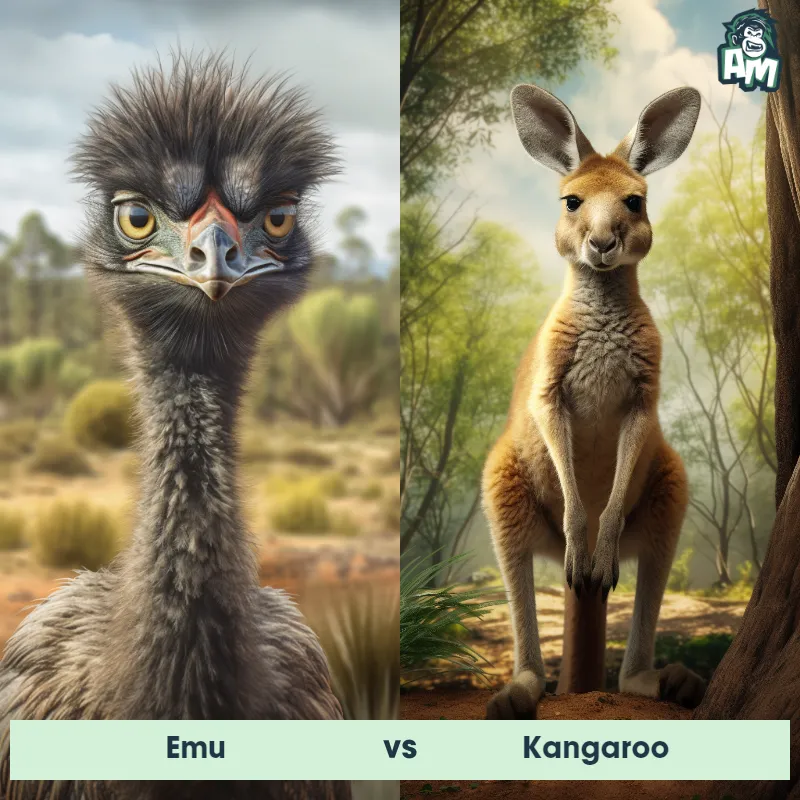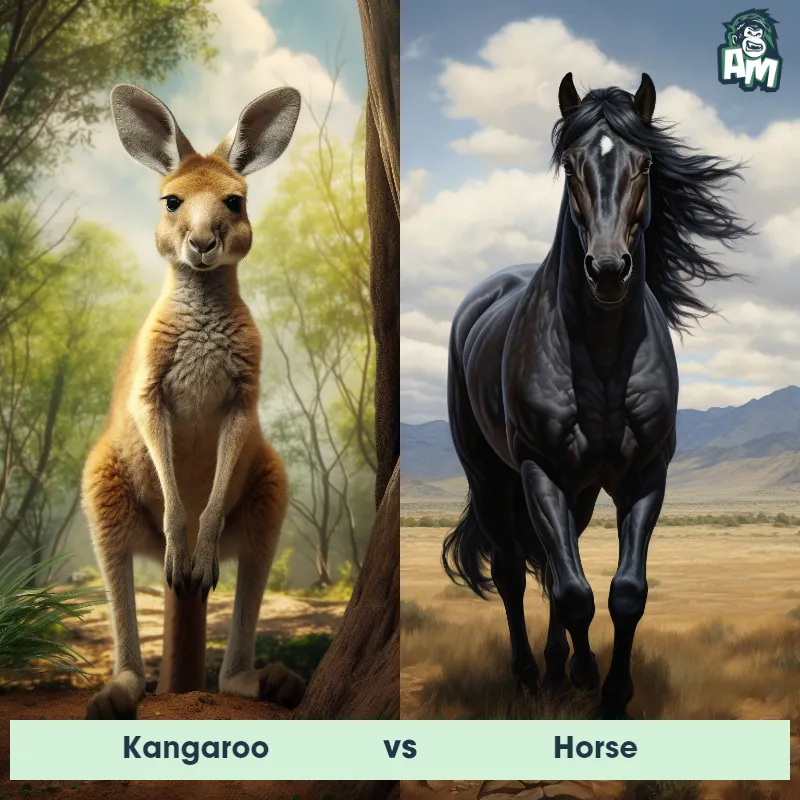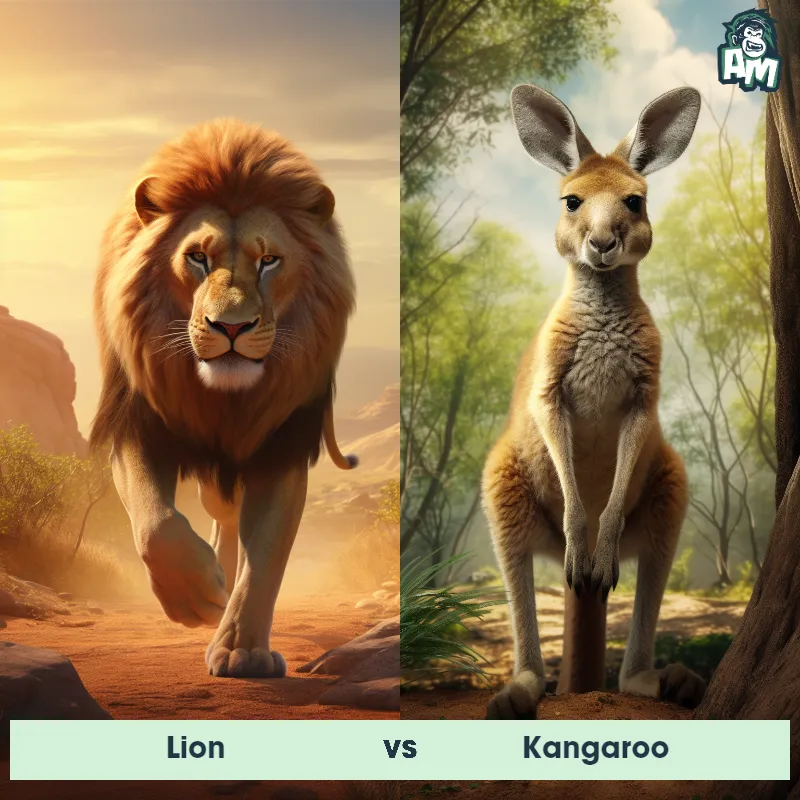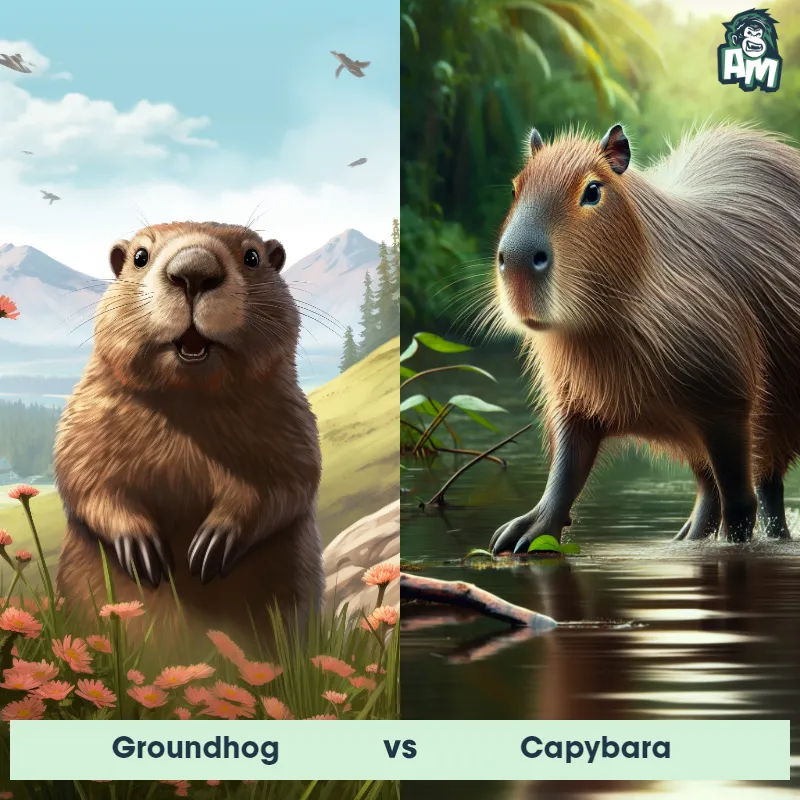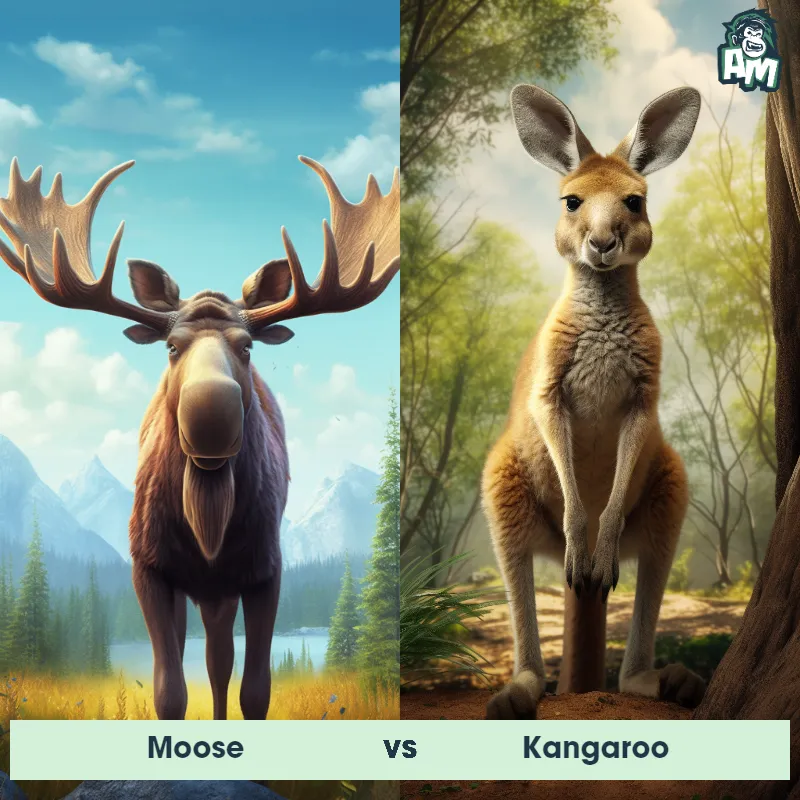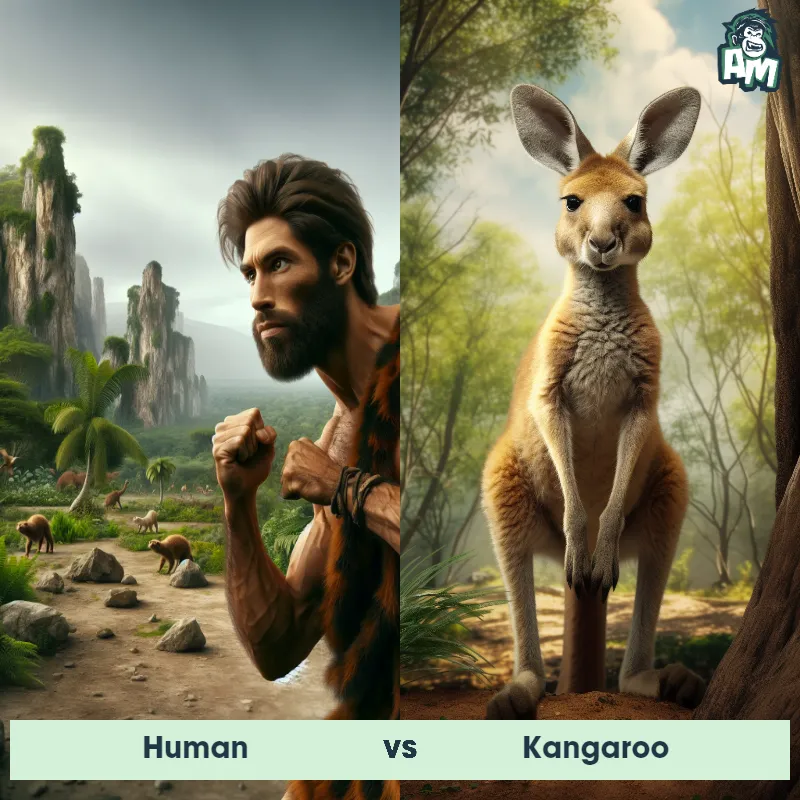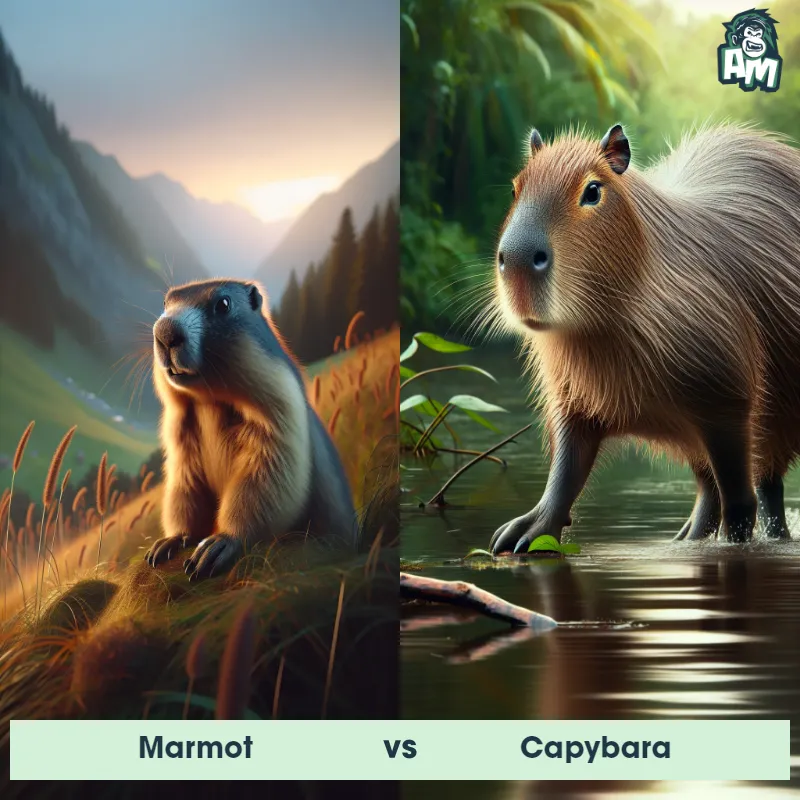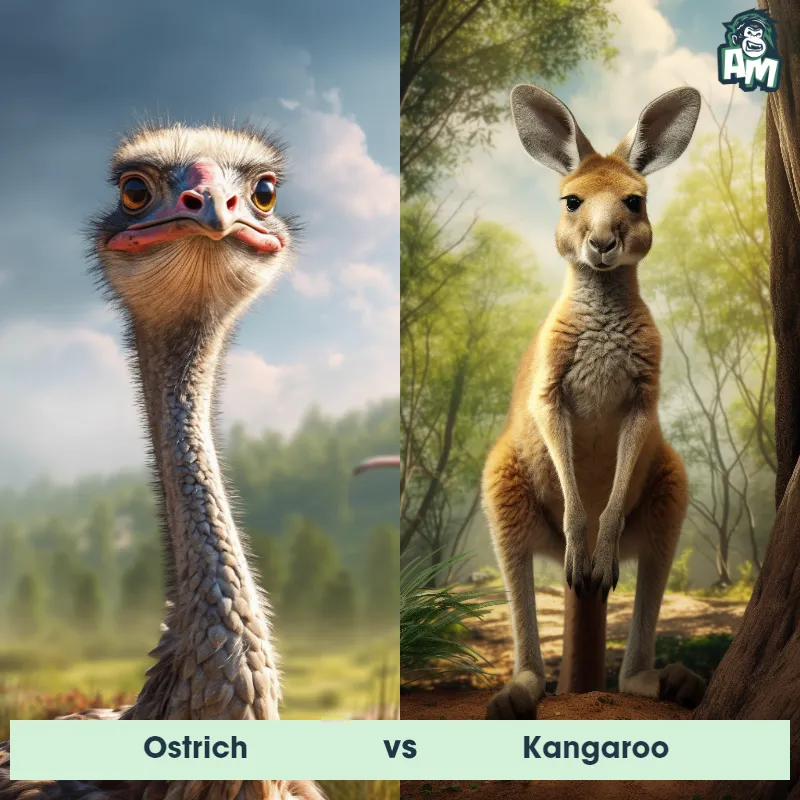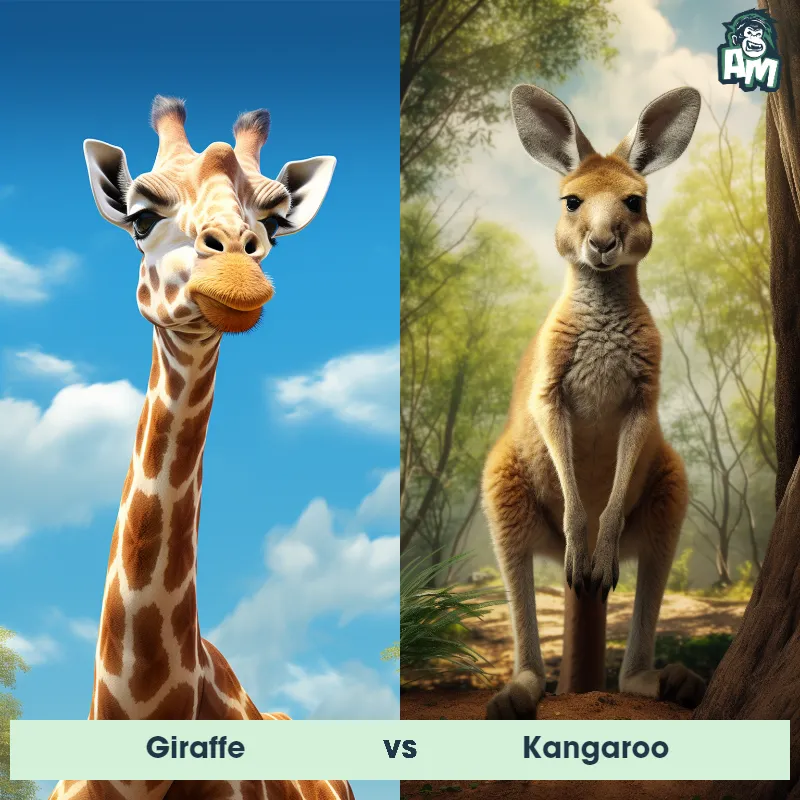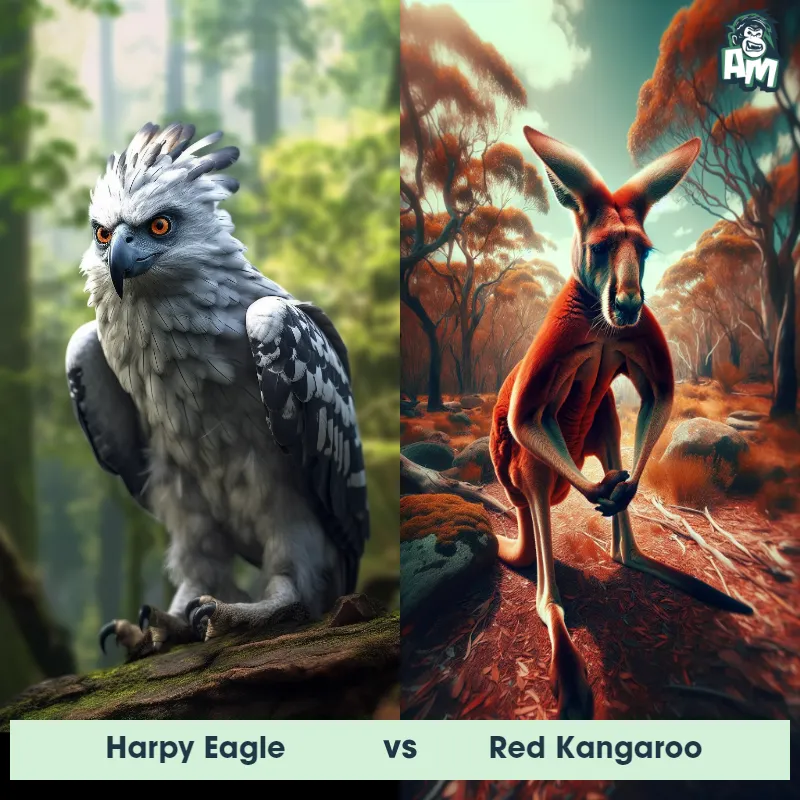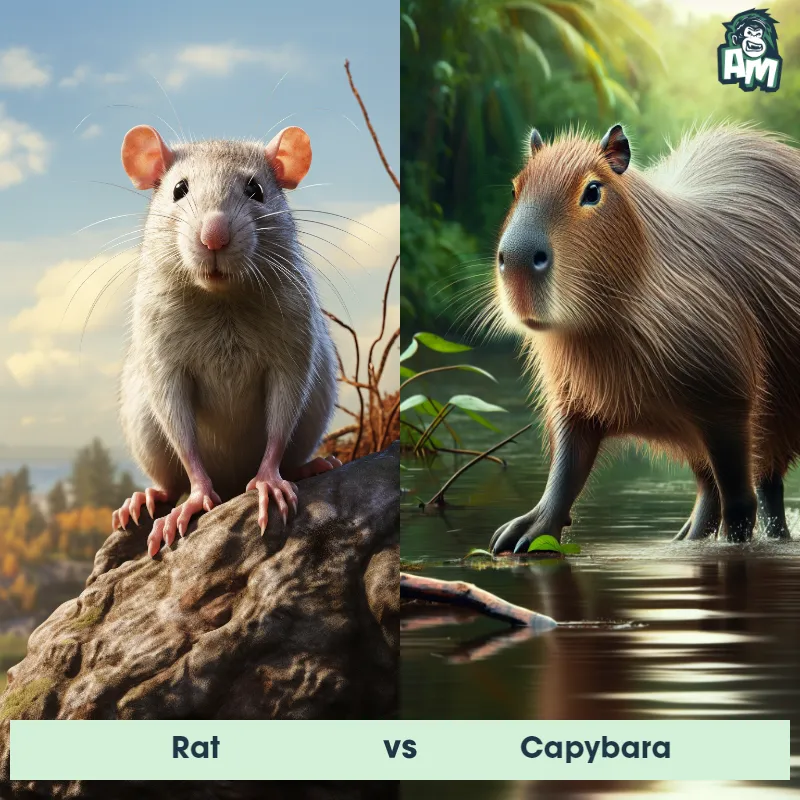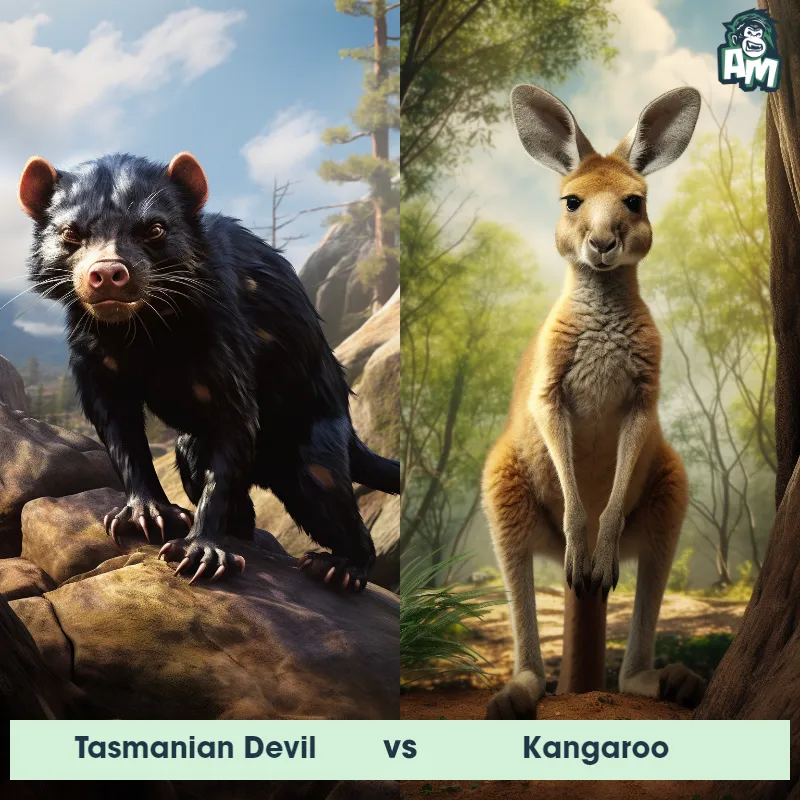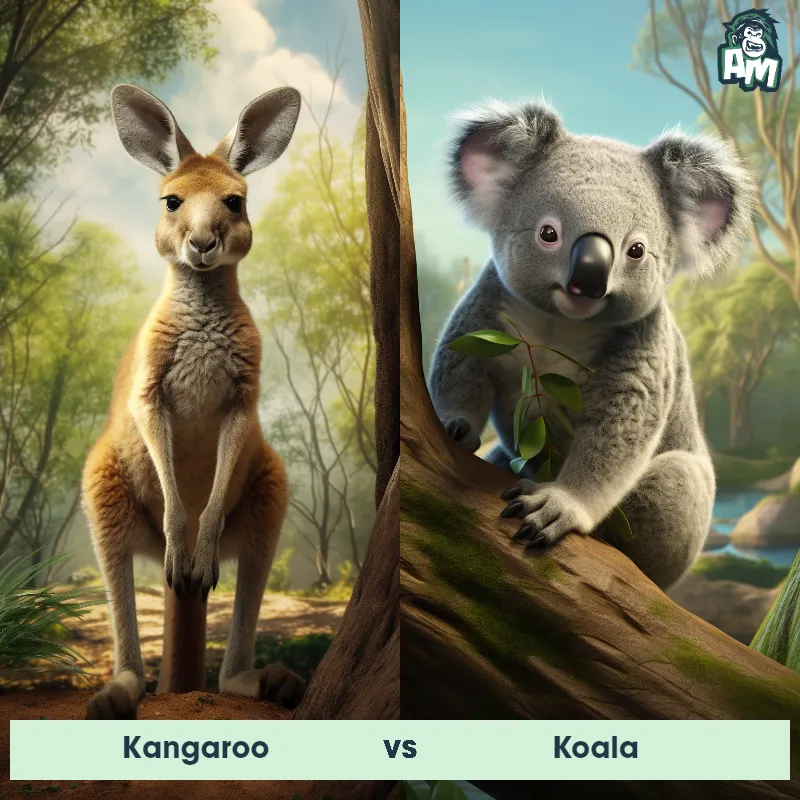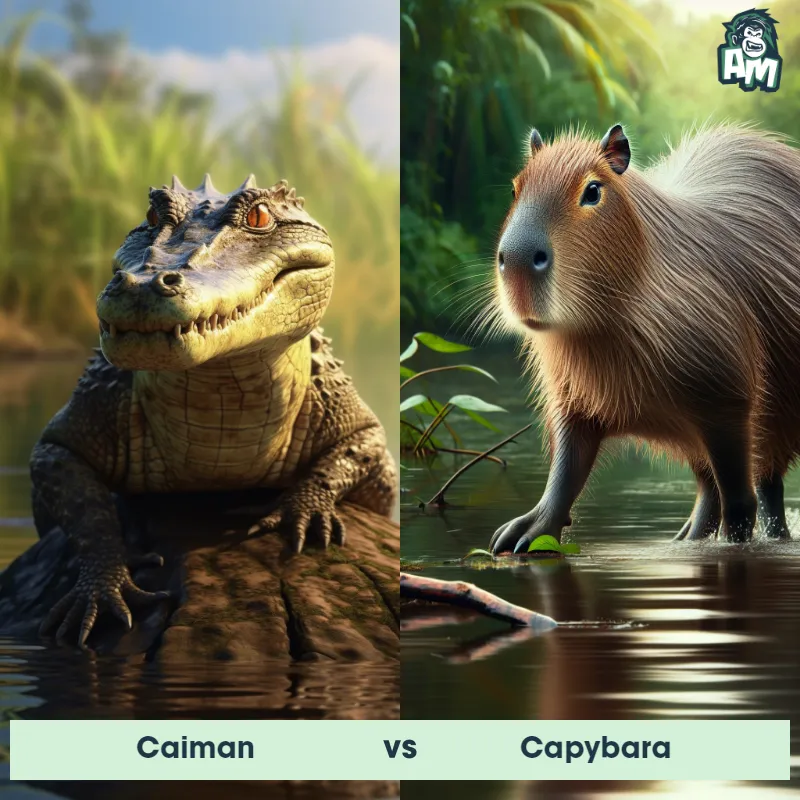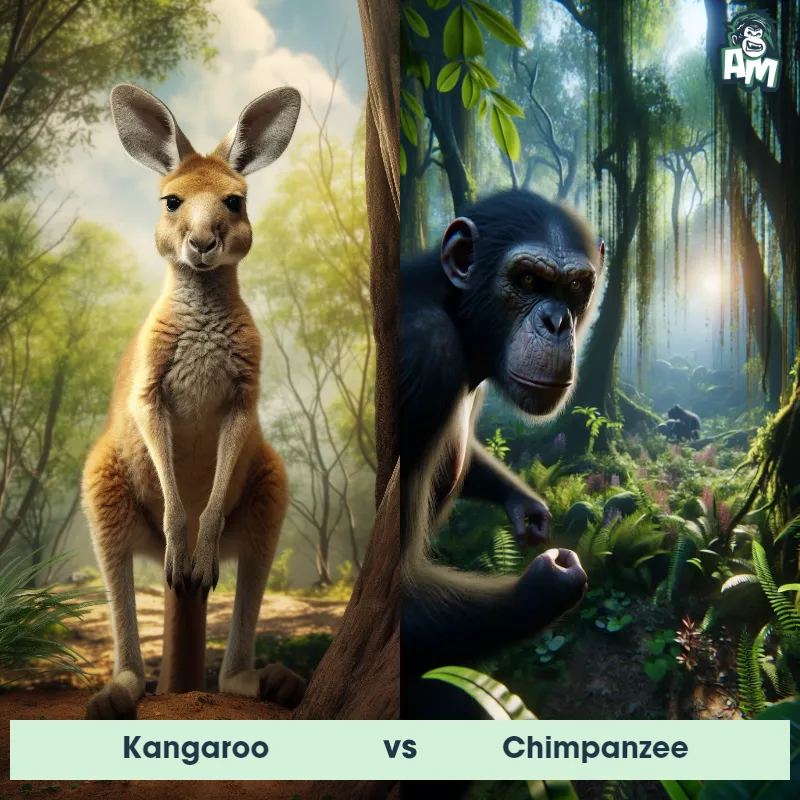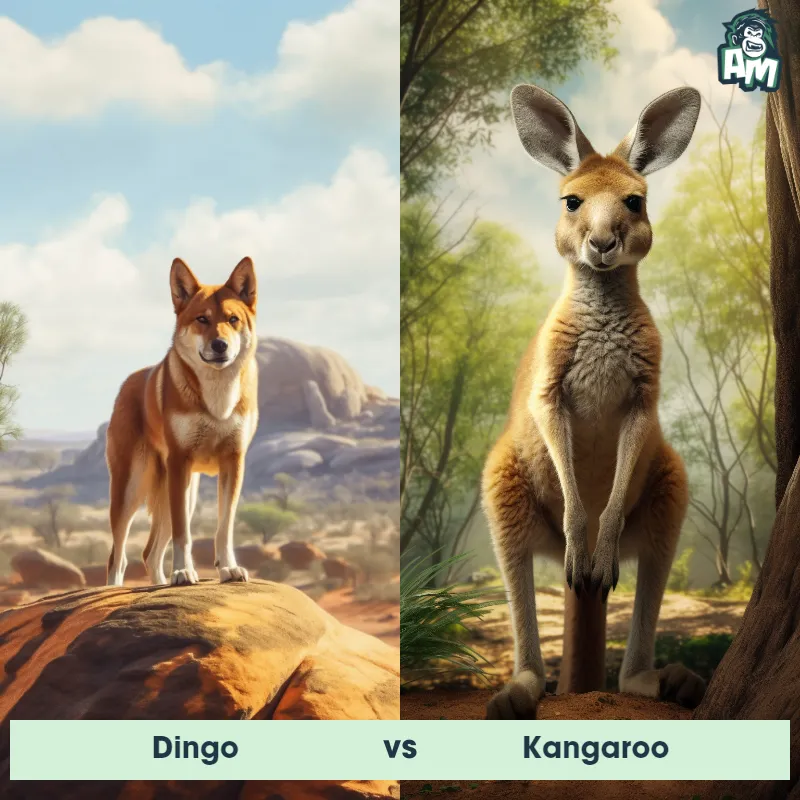Quokka vs CapybaraSee Who Wins

Ladies and gentlemen, welcome to this thrilling matchup between two remarkable creatures. In the blue corner, we have the Quokka, known for its agility and endearing smile. And in the red corner, we have the Capybara, a gentle giant of the animal kingdom. It's going to be an exciting fight folks, so buckle up and get ready for some intense action!
Contender 1: Quokka
The Quokka, also known as the happiest animal on Earth, is a small marsupial native to the southwestern part of Western Australia. It has a stocky build with a small head, round ears, and a short, broad tail. Quokkas have a friendly and expressive face, with dark eyes and a smile-like appearance. Their fur is coarse and usually brownish-gray, while their underbelly is lighter in color. These herbivorous creatures are well-known for their ability to climb trees and move quickly on land. They are approximately the size of a domestic cat and weigh around 2.5 to 5 kilograms. Despite their cute and cuddly appearance, Quokkas are wild animals and should not be approached or fed by humans.
Fun Fact: Quokkas are known for their photogenic nature, often posing for pictures with tourists on Rottnest Island, earning them the nickname "the world's happiest animal."
Contender 2: Capybara
The Capybara, also known as Hydrochoerus hydrochaeris, is the largest rodent in the world. They are native to South America and are semi-aquatic creatures that spend a significant amount of time in water. Capybaras have a stocky, barrel-shaped body with a short head, small ears, and eyes positioned high on their head. They have webbed toes and can even close their ears and nostrils when fully submerged. Closely resembling a giant guinea pig, they have short, coarse fur that can vary in color from reddish-brown to gray, and their front teeth continue to grow throughout their lifespan.
Fun Fact: A fascinating fact about Capybaras is that they are highly social animals and are known to form close-knit family groups. They live in large herds of up to 100 individuals, comprising several adult males, females, and offspring. These herds have a hierarchical structure, with a dominant male leading the group and defending his territory and harem of females.
Matchup Stats
| Quokka | Capybara | |
|---|---|---|
| Size | Around 45-54 cm (17-21 inches) in length | About 1.2 meters (3.9 feet) in length |
| Weight | 2.5-5 kilograms (5.5-11 pounds) | Around 50-65 kilograms (110-143 pounds) |
| Speed | 6.2mph (10km/h) | 22 mph (35 km/h) |
| Key Strength | Agile and quick movements | Powerful jaws and strong legs for defense |
| Biggest Weakness | Relatively small size and non-aggressive nature | Less agile on land compared to in water |
Current Votes
Quokka vs Capybara
See Who Wins
View More Matches
Looking For More?
Similar Matches
Scientific Stats
| Quokka | Capybara | |
|---|---|---|
| Scientific Name | Setonix brachyurus | Hydrochoerus hydrochaeris |
| Family | Macropodidae | Caviidae |
| Habitat | Coastal scrubs, forests, and heathlands | Semi-aquatic, found in wetlands and grassy areas near water bodies. |
| Geography | Southwest part of Western Australia, specifically Rottnest Island and a few regions on the mainland | Native to South America, specifically found in countries such as Brazil, Venezuela, Colombia, and Argentina |
| Diet | Herbivorous - feeds on grasses, leaves, bark, and fruits | Herbivorous, primarily feeding on grasses and aquatic plants. |
| Lifespan | 2 years - 10 years | 10 years - 12 years |
Key Differences between Quokka and Capybara
- Facial features: The Capybara has a more elongated face, with a pronounced snout, while the Quokka displays a rounder, more compact face with a shorter snout.
- Color: Quokkas have a distinctive golden-brown fur color, while Capybaras possess a dark brown or reddish-brown fur coloration.
- Body shape: Capybaras have a stout and robust body, featuring short limbs, whereas Quokkas have a slimmer and more agile physique, with proportionally longer limbs.
- Tail: Capybaras have a short, almost non-existent tail, barely extending beyond the body, while Quokkas possess a relatively longer tail, often used for balance and communication.
- Habitat: Quokkas are native to the forests and scrublands of southwestern Australia, primarily found on the small islands around Western Australia, whereas Capybaras are native to South America, inhabiting wetlands, forests, and grasslands throughout the continent.
- Size: The Capybara is significantly larger than the Quokka, with adult Capybaras reaching weights of up to 150 pounds, while adult Quokkas weigh only around 10 pounds.



